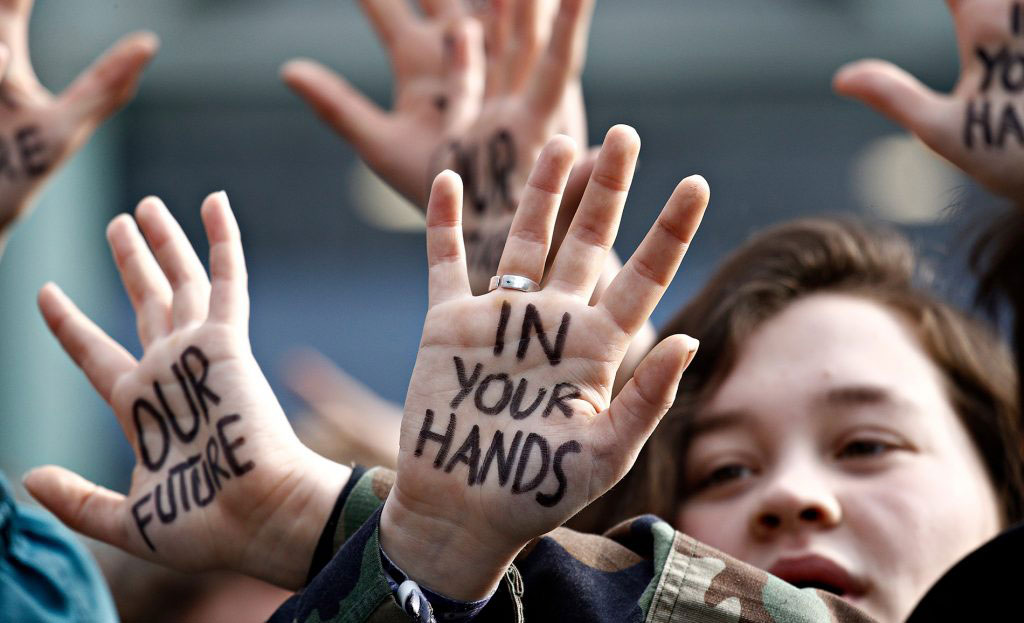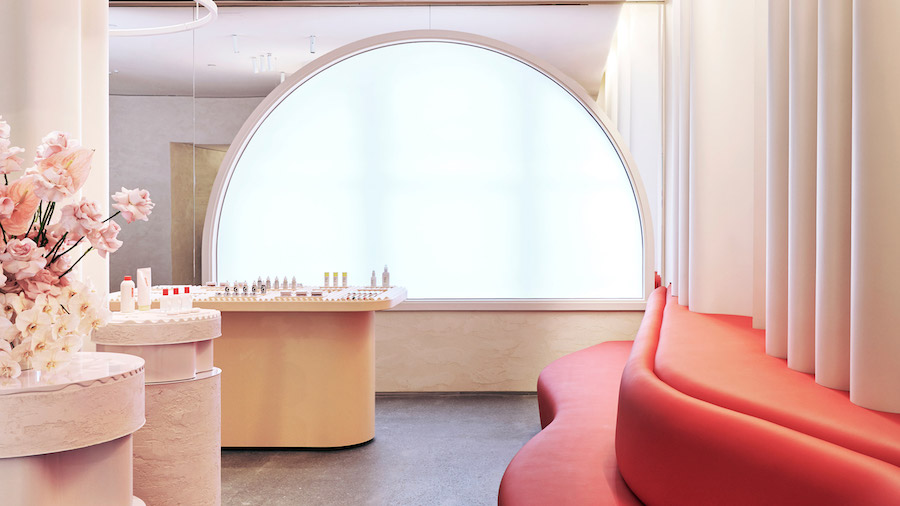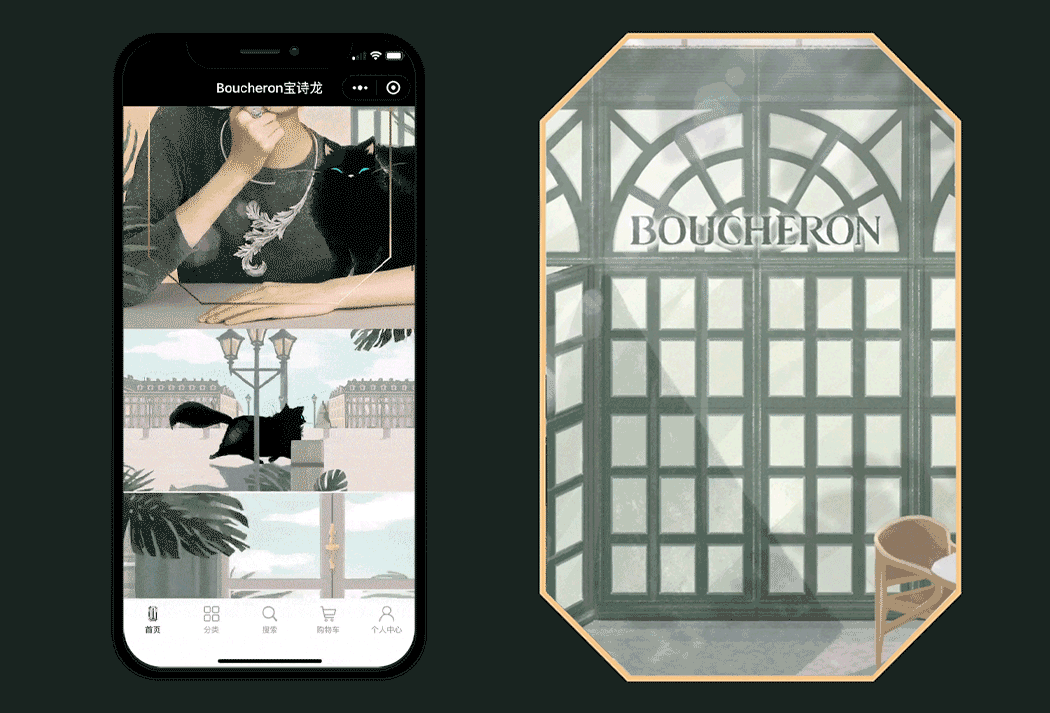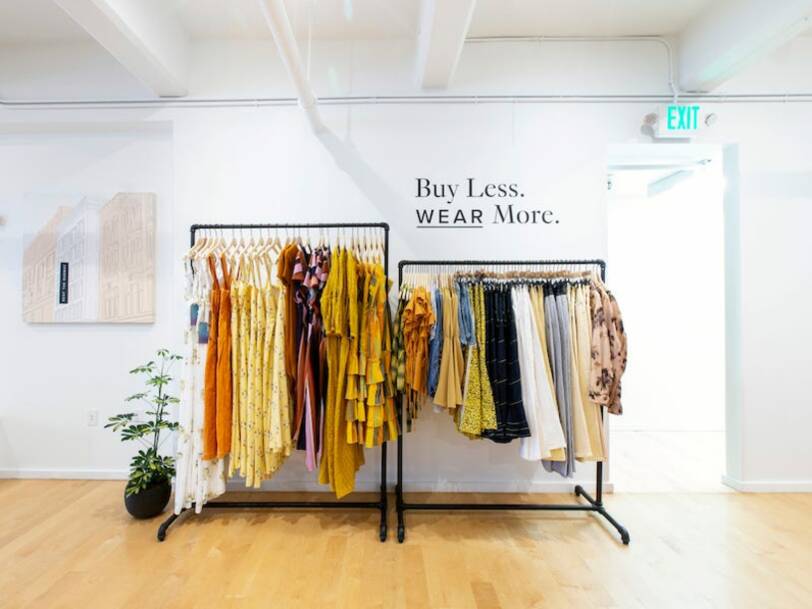Before the pandemic, fashion analysts claimed that, while Millennials and Gen-Z will account for 45 percent of the luxury market by 2025 (see Bain & Company report), their values and spending habits are at odds with the business models of many traditional brands. The pandemic has changed these models. Even before the pandemic, many fashion designers and entrepreneurs were voicing the opinion that the business models were not sustainable, and the pandemic merely accelerated much-needed change in the industry: less consumption, smaller and less frequent fashion shows, and a more sustainable business, not only in terms of materials and fabrics but also in terms of surviving on their own merits and not because they had grown to a mammoth size.
In the past, fashion and luxury brands operated by creating an exclusive product that would generate aspiration; now, however, the younger generation has changed the way luxury and fashion firms can create and sell products. It’s not enough to create well-made luxury products that are exclusive and create desirability. Now, brands must consider the values of younger generations for whom sustainability, authenticity, and transparency play an important role in how they consume fashion and luxury brands. The way forward seems to be for luxury brands to realize and embrace the rise of a different type of consumer; they need clear, distinct, and differentiated strategies put into place.
The pandemic has changed what consumers under 35 want, and there needs to be a different, more effective way to communicate to them.
 Gen-Z has very strong values and holds brands accountable. Photo source: Greenbiz
Gen-Z has very strong values and holds brands accountable. Photo source: Greenbiz
The importance of experience: We know the pandemic has affected retail, but this was occurring even before the pandemic with the prevalence of online shopping and digitalization of fashion. Retail is not going to disappear, but if you want Gen-Z and Millennials to come to your store, then you need to make it worth their while. They need to either find something unique that they can’t find online, or there has to be an element of surprise. The consumers should be able to experience the brand in the store and live it. There needs to be a good reason for the customer to come into the store because there are many other more convenient channels where the customer can buy the product – online, for example (where the experience is also important). The reason experience is key for younger consumers is that it connects with the values that are important to them: transparency, openness, learning, and doing good. And this is why the next point is also relevant.
 A magical experience in the Glossier flagship store in New York. Photo source: Glossier
A magical experience in the Glossier flagship store in New York. Photo source: Glossier
Values: Sustainability and Black Lives Matter are just a couple of the movements that this younger cohort embraces and appreciates. They need cultural credibility (the brand’s perceived value relative to consumer values), and the brand story needs to feel authentic and not something made up. This need for authenticity extends to social media, and not just utilizing paid influencers to support the brand, for instance, but providing much more honest communication. And it can’t be emphasized enough: sustainability is highly valued. Again, these qualities and attributes are all driven by the younger generation. They are much more connected compared to the older generation, and when it comes to sustainability and a values-driven strategy, they are very good at spotting green-washing. It doesn’t matter if the brand is super well-known as long as the younger cohort connects to the brand’s values. In contrast, the older generation cares much more about the exclusivity and craftsmanship of a brand. However, even this is changing as the younger generation is also influencing the older generation (for example, their parents and family members) in terms of how they should consume fashion and luxury.
Personalization: Christina Fontana, Fashion and Luxury Director for Tmall in Europe, spoke recently at the FT Fashion and Luxury Summit, where she noted the importance of personalization—the right message, to the right consumer, designed around their curiosity and interest. When you open the T-Mall app, you see brands communicating themselves directly. Luxury jeweller Boucheron, perhaps at one point more readily associated with an older consumer, is on Tmall, and they can push their own message to the younger generation. The brand shares its own story directly, and the younger generation wants to feel they are being communicated with, individually and distinctly. Young people love communicating; they love when brands are playful.
In the past, a tailored approach would be used, and typically associated with haute couture, with a tailor-made dress or suit, or a one-of-a-kind handbag. Now we see this extended to the online space, particularly among the Chinese consumers and Chinese social media, which is much more advanced than Europe. I wouldn’t be surprised to see almost all of our social media now being completely tailored. I believe this is the way of the future.
 Luxury jeweller Boucheron with their digital cat mascot Wladimir on Tmall connecting with a younger audience.
Luxury jeweller Boucheron with their digital cat mascot Wladimir on Tmall connecting with a younger audience.
Photo source: Mazarine
Choices: The rise of the second-hand and rental, circular business model is also thanks to the younger generation. In fashion, they value history and they value authenticity. While a younger consumer may not have the ability to pay full price for a Chanel jacket, they will buy it on one of the resale channels, and perhaps in the future, the same consumer will buy it from the store at full price. That’s one point; the second point again revolves around sustainability. Second-hand is a much more sustainable model of shopping and consuming fashion, which has great appeal to the younger generation.
For more on the rise of the second-hand and rental business model, please see my article, “The Luxury Industry After Covid: Key Trends.”
 Fashion clothes rentals. Photo source: Business Insider
Fashion clothes rentals. Photo source: Business Insider





